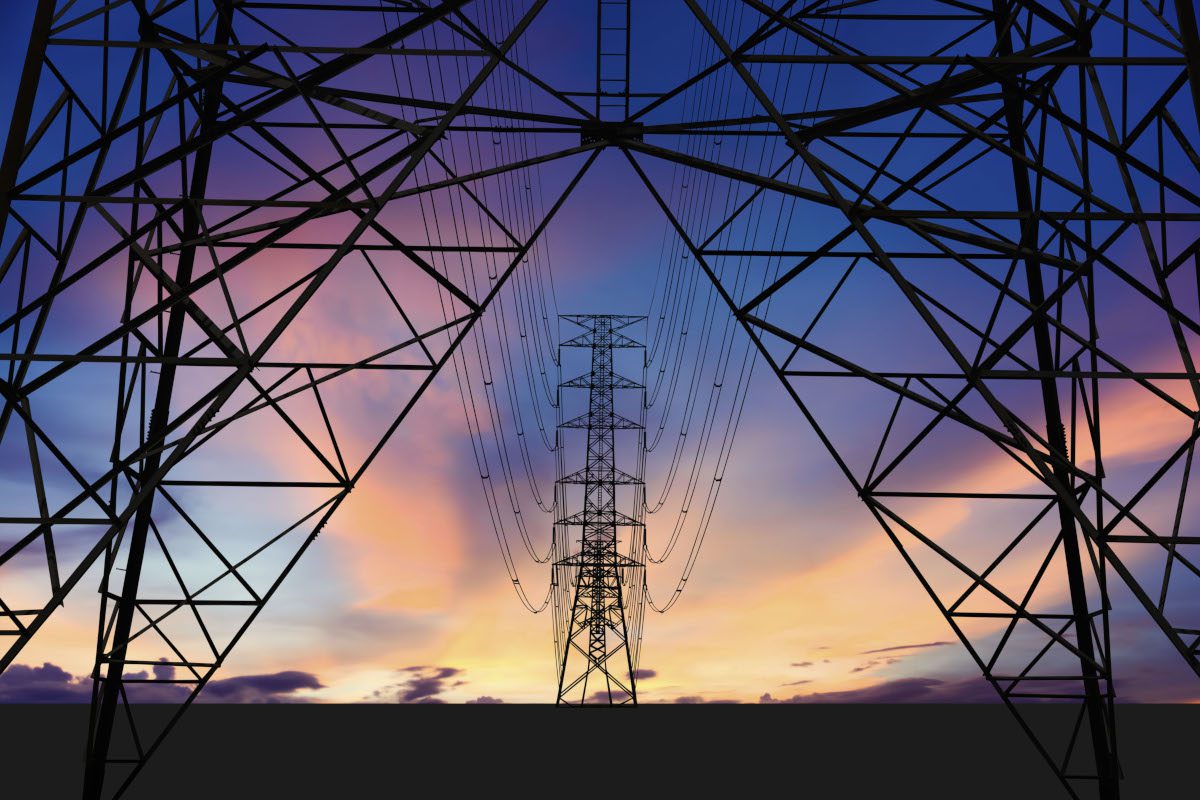
The UK’s approach to constraint management is outdated and needs a major revamp to maximise the UK’s renewable electricity generation and deliver best value for consumers, a new report appears to find. It was published on 16 January by The Energy Landscape and commissioned by Scottish Renewables.
When implemented, prior to the boom in wind generation, the current constraint management system worked efficiently. However, in the last 20 years there has been a substantial increase in the deployment of renewable energy and a decade of under investment in the UK’s electricity transmission network resulting in the cost of constraints growing significantly and the current system no longer delivering good value.
The increase in total constraint costs in recent years has been driven almost exclusively by increases in the cost of turning up large gas power stations in England and Wales. As the volume of constraints is expected to continue rising through the remainder of this decade, the current constraint management system leaves consumers exposed to significant risks from future energy price crises and delays to new transmission capacity.
Locational marginal pricing (LMP), a proposal to vary the price of electricity across the country, has been presented as the only solution suitable for a high-renewable power system. However, Scottish Renewables is clear that LMP would be a disaster for the Scottish renewable energy industry, would put net-zero at risk, and lead to poor outcomes for consumers.
The report ‘Exploring options for constraint management in the GB electricity system: the potential for constraint management markets’ outlines solutions for managing constraints in the GB electricity system that do not carry the risks or costs associated with LMP.
The report’s key recommendations include:
- The need for the sector to have better access to the forecasts of future constraints. As part of its system planning the Future System Operator (FSO) should publish detailed analysis of its future constraint projections.
- Developing a portfolio approach to constraint management with a collection of tools which allows the FSO to act over a range of timescales and to ensure all potential providers can support constraint management. This must not be restricted to large scale generators and should include energy storage, and flexible demand options including electric vehicle and hydrogen electrolysers.
- Create opportunity for the FSO to offer long-term contracts for constraint management over months and years, especially for energy storage and large-scale flexible demand such as hydrogen electrolysers.
- Short-term constraint management markets that operate a day ahead that ensure the FSO can manage constraints in a cost-effective way.
- Commission an expert group to develop a better understanding of the role of interconnectors in causing and potentially solving constraints.
Scottish Renewables is the trade body for Scotland’s renewable energy sector. The Energy Landscape is an independent Scottish consultancy said to be focused on “ensuring the whole energy system decarbonises in a way that delivers value across the whole of society”.
Andrew MacNish Porter, Senior Policy Manager at Scottish Renewables, said: “The way we currently manage grid constraints must be reformed to reflect the needs of our rapidly decarbonising electricity system, and the report from The Energy Landscape demonstrates the potential for constraint management markets to play a key role in this new approach.
“The report also highlights that there are viable alternatives to the radical options for electricity market reform, such as locational marginal pricing, that could be implemented more quickly and achieve similar benefits without posing the same threat to consumer bills and our transition to net-zero.
“We therefore reiterate our view that LMP should be ruled out so that attention can then focus on building an evolutionary package of reform to existing market arrangements which will deliver a reliable, efficient, cost-reflective decarbonised energy system in the best interests of consumers across the UK.”
Simon Gill, Director at The Energy Landscape, said: “For several years it has been clear that the current system for managing constraints is struggling. But it is surprising that there has been so little focus on developing a better system. Today, National Grid ESO uses forecasts of future constraint levels to make recommendations on transmission investment to be delivered in a decade’s time, but then must wait until an hour before delivery before taking meaningful action to resolve constraints.
“This report suggests that we need to develop a much more sophisticated tool kit, built on a clearly defined objective to maximise and protect consumer value. As it transitions into the Future System Operator, this should provide National Grid ESO with a range of tools which can be used over timescales of hours, days, months and years to minimise consumer costs and, importantly, actively manage consumer risk.
“One option is to develop constraint management markets which could increase the pool of providers, allow low prices to be locked in in advance, and ensure that competitive pressure is used to deliver maximum value.
“Constraint management will remain an important part of an efficiently operated electricity system. It is imperative that, as a sector, we devote significant effort to developing an effective way forward.”
The report is available here.






